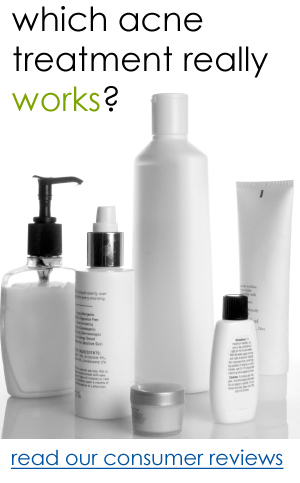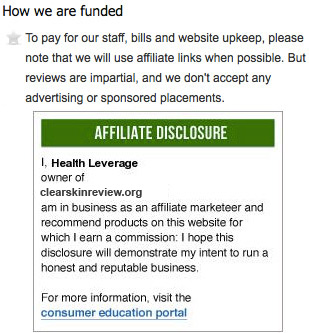Impact of Insulin resistance on acne formation
Published:February 21st, 2012
©jamesiw
Besides the usual scientific explanation pointing to a combination of oily skin, clogged pores and bacterial growth as the primary cause of acne, there are also studies nowadays that link acne to insulin resistance; in fact acne is listed as one possible symptom of this condition. Insulin resistance is defined as the body’s inability to have the specific receptor sites on the cells to properly receive glucose.
Evidence suggests that insulin resistance has a direct effect on sebum production. This condition or syndrome has been known to raise the body’s overall oil production beyond normal. Other undesirable effects of having blood sugar problems or an impaired ability to process sugar or glucose properly, apart from increasing sebum include a heightened skin cell turnover rate, which translates to having more dead skin cells that can potentially clog pores and more skin cells adhering together once they die which can also lead to blocked pores. Resistance to insulin can be due to or affected by the following: oxidative stress, inflammation, a diet rich in carbohydrates, a lack of vitamin D, stress and elevated parathyroid hormone.
Fluctuations in blood sugar level due to insulin resistance affect the actions of important hormones in the body. When sugar levels are too high, insulin and the hormone IGF-1 both tend to raise sebum production which leads to blocked pores due to more dead skin cells sticking together and skin cells dividing faster. When blood sugar levels are too low, the adrenalin glands are stimulated to release cortisol and adrenalins. Adrenalins signal the liver to release glycogen to compensate for the insufficient blood sugar in the body. The hormone androgen then stimulates production of more sebum. Two hormones, IGF-1 and IGFBP-3, are directly influenced by changes in insulin levels. IGF-1 increases while IGFBP-3 decreases as insulin levels go up. In a nutshell, insulin, IGF-1 and adrenalin raise oil production; insulin and IGF-1 elevate growth rate of skin cells; and IGFBP-3 which is suppose to cause skin cells to separate once they become lifeless goes down, leads to accumulation or aggregation of more dead skin cells in bigger clumps enough to block narrow skin pores.
Controlling blood sugar levels in order to prevent a surge in sebum production and/or clogged pores basically requires a change in lifestyle and diet. To get acne, a cause and a trigger, both are needed. Insulin resistance is one possible cause while foods high in sugar could be probable triggers. A diet high in fiber and low in refined sugar would be best to avoid the occurrence of acne. Weight loss and exercise are also recommended.
One natural treatment to reverse insulin resistance involves a therapy consisting of amino acids, vitamins, minerals, and antioxidants in combination with good food and regular physical activity. Overweight individuals plagued with acne problems may opt to visit their doctors to have them checked in order to rule out insulin resistance as a likely culprit for their condition. To detect resistance to insulin there is no single confirmatory test, however, the following are often checked: Blood pressure, Fasting blood sugar (FBS), Insulin levels, Waist circumference, HDL levels and Triglyceride levels.



Write a Comment of Impact of Insulin resistance on acne formation